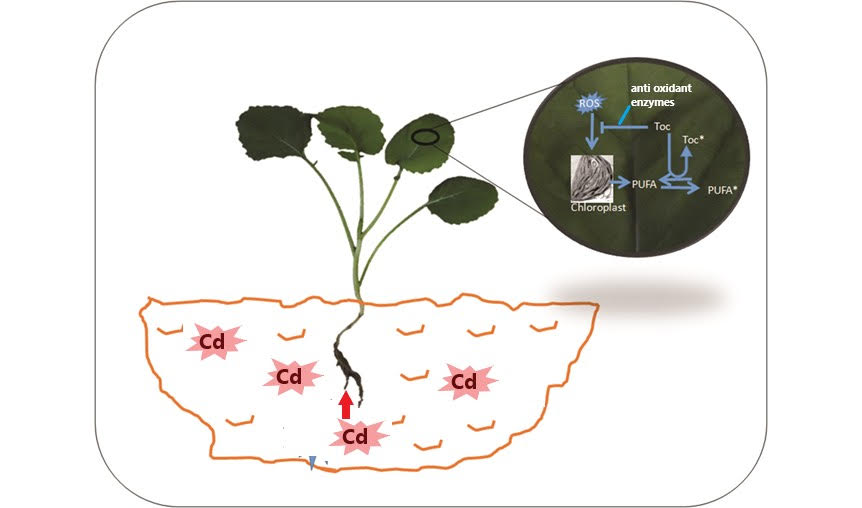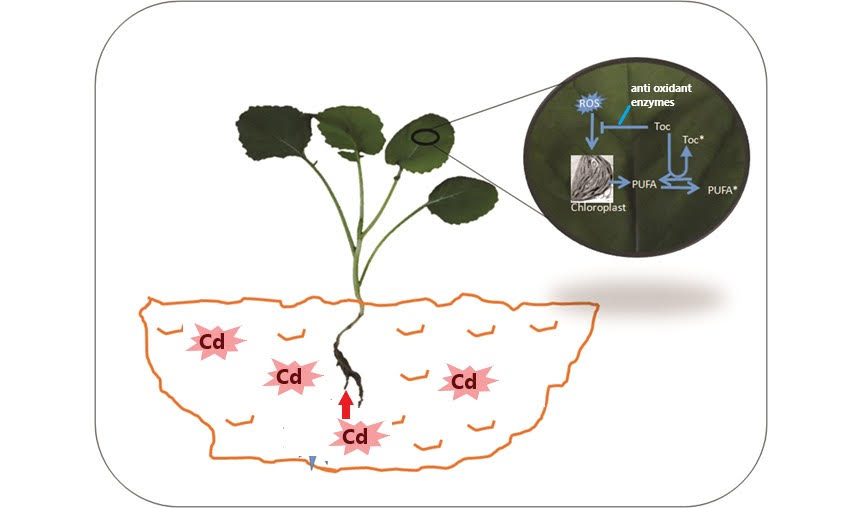Cadmium phytotoxicity: issues, progress, environmental concerns and future perspectives
Keywords:
Cadmium, antioxidant enzymes, phytochelaton, metal transportersAbstract

Cadmium, a high toxicity element, is a potential threat to plant and human health, and a dangerous pollutant in the environment. Uptake and accumulation by crops represent the main entry pathway for potentially health-threatening toxic metals into human and animal food. Crops and other plants take up Cd from the soil or water and may distribute it in their roots and shoots. Soil and/or water are usually contaminated with Cd through natural sources, industrial effluent, and anthropogenic activities. In this review, the sources of Cd contamination, evaluation of the phytotoxic effects on plants, and mode of action of Cd toxicity, were summarized. Plant defensive strategies upon excess Cd are also considered in this review. Cd-induced effects include oxidative stress, disintegration of the photosynthetic apparatus, reduction in gas exchange parameters, nutrient imbalance, and subcellular organelle degradation. In addition, Cd severely impairs biomolecules such as DNA, protein, and lipids. Although plants are sessile in nature, they are equipped with certain mechanisms to cope with unfavorable conditions. These mechanisms include synthesis of metal-helating proteins, expression of enzymatic and non-enzymatic antioxidants, organic acids, and plant root–mycorrhiza association. The built-in system of plant tolerance to Cd can be further enhanced by the application of exogenous organic and inorganic metal sources. This review will broaden the knowledge about the Cd accumulation in plants and the responses to metal exposure, as well as our understanding of metal tolerance and overcoming this serious issue for sustainable agriculture and human health worldwide.
Highlights
- Cd accumulation has harmful effects in an organism.
- Cd has been listed 7th out of 275 compounds in the priority list of hazardous materials.
- Cd remains in the soil for 15–1100 years.
- Plants usually imply certain strategies to overcome Cd toxicity.
- Plants built-in systems can be enhanced to overwhelmed this problem.
Downloads

Published
How to Cite
Issue
Section
License
Aquellos autores/as que tengan publicaciones con esta revista, aceptan las Políticas Editoriales.










.jpg)




